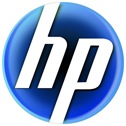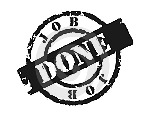| I recently had to work on a Windows 7 PC that required XP Mode enabled. In order to do this I had to access the BIOS and enable virtualisation. Theoretically this was easy to do but when I |  |
rebooted to access the BIOS, the HP start up screen didn’t have any option to enter ‘Setup’ or ‘BIOS’ like you would expect to see. The only option I had was ‘Press Escape for start up menu’, which I did with little success.
The PC in question was a HP Pro 3405 tower but this shouldn’t be any reason for it not to have the option. The usual method would be to use F1 but it turns out that the answer is :
TO PRESS F10 WHEN THE PC IS BOOTING UP
I don’t know why HP don’t display this as an option but thankfully it still works anyway.




